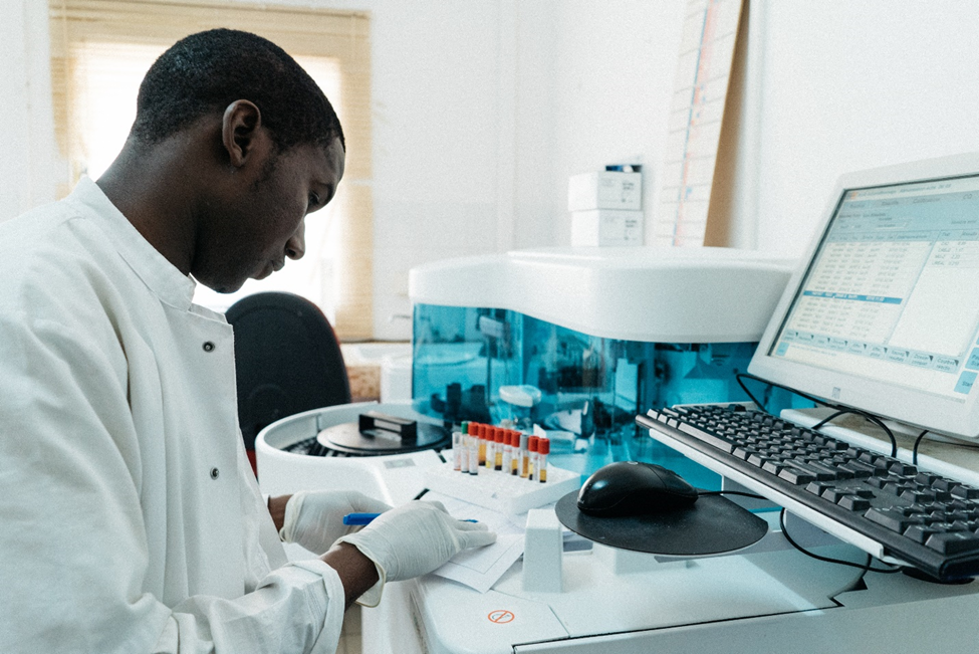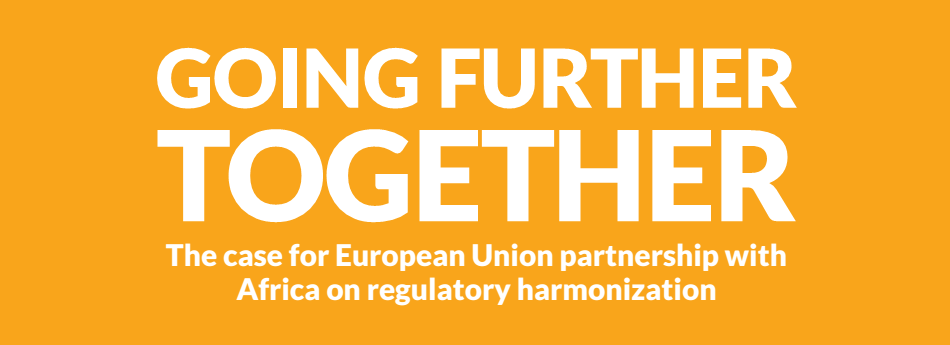
Regulatory harmonization – a complex issue in the field of global health research and innovation. As part of our advocacy on increased investment by the EU in R&D, we have teamed up with our partners at PATH to see what the EU can do to support its African partners in improving the regulatory environment for health and drug development – creating an encouraging arena for the development of essential, life-saving medicines. Read the full report – launched in Brussels on October 19, here.
The regulation of health products is an essential aspect of a functioning health system. National regulatory authorities (NRAs) play a critical role in ensuring the safety and efficacy of research, and support timely access to quality-assured, safe, and effective health products. Unfortunately, many low- and mid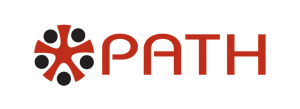 dle-income countries (LMICs) lack sustained funding and the technical expertise necessary to robustly and comprehensively regulate the research and registration of new health technologies.As a result, many NRAs are unable to fulfil their mandate, causing delays throughout the product development process.
dle-income countries (LMICs) lack sustained funding and the technical expertise necessary to robustly and comprehensively regulate the research and registration of new health technologies.As a result, many NRAs are unable to fulfil their mandate, causing delays throughout the product development process.
In order to improve regulatory capacity and infrastructure in Africa, a number of countries are working to harmonize with their neighbours—through pooling resources (both technical and financial), sharing information, and increasing collaboration across countries to ensure the efficient evaluation of health technologies. Regulatory harmonization across Africa has been endorsed at the highest political levels, and efforts to harmonize regulatory policies across regional economic communities (RECs) are already having positive impacts. For example, drug approval times have already been reduced by half in the East African Community (EAC).
Regulatory harmonization – progress, but many barriers to overcome
Despite this progress, many barriers are still hindering the realization of African leaders’ vision of a single, harmonized African Medicines Agency (AMA) akin to the European Medicines Agency (EMA). Barriers to continued progress towards this goal include a lack of sustained funding, limited and varied technical capacity across countries in Africa, over-reliance on a small number of donors, and limited bandwidth to expand regulation to different kinds of technologies and across phases of regulation. As the leading trade partner and donor of aid to Africa, a global leader in science, technology, and innovation (STI), and the political body with one of the most regionally harmonized medical regulatory systems in the world, the European Union (EU) is the ideal partner to support regulatory harmonization in Africa.Through programs like the European Developing Clinical Trials Partnership (EDCTP) and the African, Caribbean and Pacific States and EU (ACP-EU) partnership, the EU has shown support for harmonization activities in Africa.
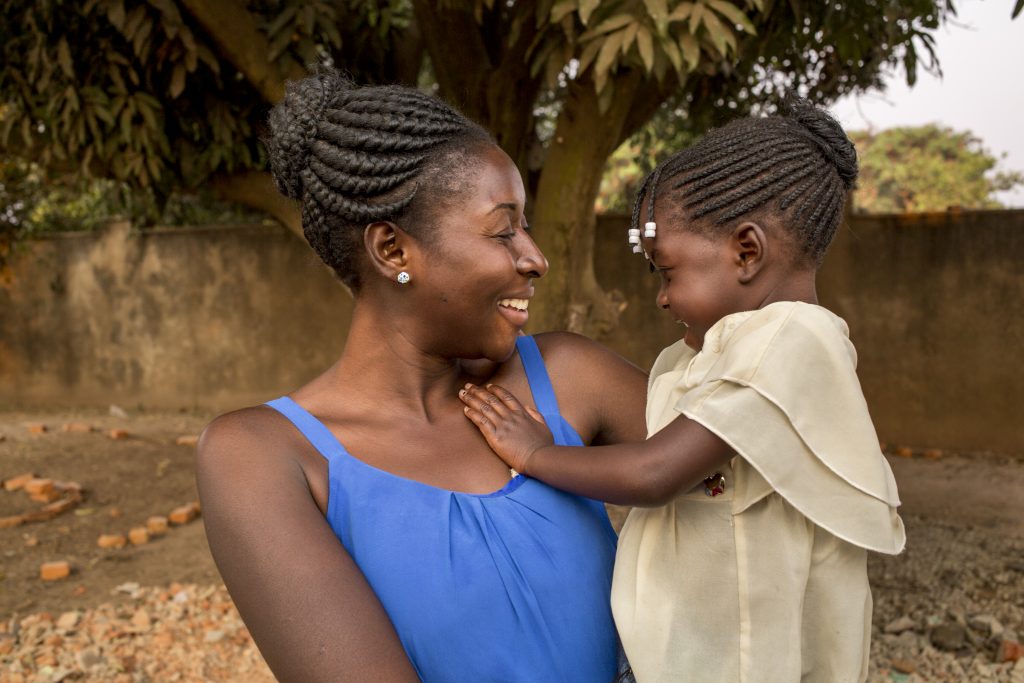
Credit: PATH/Georgina Goodwin
Regulatory harmonization – increased commitment needed from the EU
Though increased commitment is needed from the EU to move current efforts from pilot projects to institutionalized programs. In the coming years, EU policymakers will be tasked with renewing two major frameworks that guide relations between the EU and African countries. The EU will also be renewing and deciding priorities for a number of significant funding mechanisms—all with the potential to strengthen regulatory systems and drive greater partnership between the EU and African Union (AU) in support of regulatory harmonization. As policymakers in the EU begin discussions on renewing partnership frameworks and funding mechanisms, consideration should be given to the following set of recommendations:
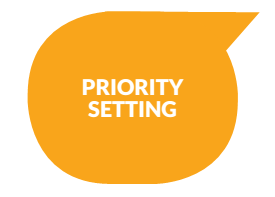
Establish a joint EU/AU expert group on global health to strengthen African research and innovation capacity
- An expert group under the management of the European Commission (EC) should be established to focus on global health. The goal of the group should be to develop a joint strategy for collaboration on global health research and innovation (R&I) between the EU and AU, including the identification of priority areas for collaboration to strengthen global health R&I capacity across Africa. The expert group should be composed of representatives from the EU, the AU and member states, and technical experts from academia, civil society and the private sector. For example, this model has been used successfully in the creation of expert groups through the Joint Africa-EU Strategy (JAES) High Level Policy Dialogue on Science, Technology and Innovation (HLPD) which has set up groups on food security, nutrition, and sustainable agriculture, and climate change and sustainable energy.
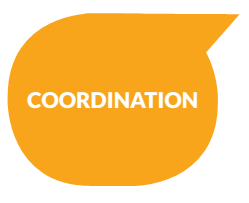 Improve synergies between Directorate-Generals (DGs) through the development of a joint science, technology, and innovation for development (STI4D) strategy
Improve synergies between Directorate-Generals (DGs) through the development of a joint science, technology, and innovation for development (STI4D) strategy
- The EC should further promote complementarity between EDCTP calls, Horizon 2020, development funds, and member state activities. To accomplish this, the EC should develop a joint strategy on Science, Technology, and Innovation for development (STI4D), ensuring regulatory convergence and harmonization are cross cutting priorities, particularly between DG Research and Innovation (DG RTD) and DG for International Cooperation and Development (DG DEVCO). For instance the collaboration through the Knowledge, Statistics and Data Hub Unit may serve as a basis for further joint efforts. Deepening of this type of collaboration specifically on STI4D, will help promote knowledge sharing to improve synergies between DGs for global health R&D and harmonization.
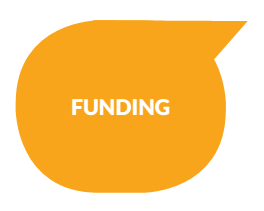 Utilize funding instruments to support regulatory strengthening and harmonization
Utilize funding instruments to support regulatory strengthening and harmonization
- The EC should make funds available through mechanisms such as the Pan-African Program (PANAF) under the Development Cooperation Instrument (DCI), and the European Development Fund (EDF) and its regional envelops, to provide additional support for regulatory harmonization in Africa, including for the African Medicines Regulatory Harmonization (AMRH) Initiative. For example, funds from H2020 could be paired with funding from the PANAF in support of the AMRH initiative.
- To maximize critical EU investment, the EC should explore ways to leverage funding to diversify the funding base for global health R&I and regulatory harmonization. This can be accomplished using co-funded activities or by creating new incentives, like matching funds, for investments from the private sector and AU member states. For e
- xample, co-funded programs like European Research Area with Africa (ERAfrica), could be expanded to include funding for regulatory harmonization.
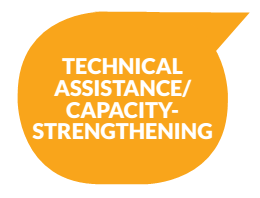 Increase resources for technical assistance activities in support of regulatory harmonization in Africa
Increase resources for technical assistance activities in support of regulatory harmonization in Africa
- The EMA should increase resources for technical assistance activities that strengthen the capacity of African regulators, help align regulatory standards across the region, and avoid regulatory duplication. This should include increased technical support through existing mechanisms like Article 58 and regular meetings with African regulators to share best practices and lessons learned in support of regulatory harmonization.
Download the report on regulatory harmonization here
